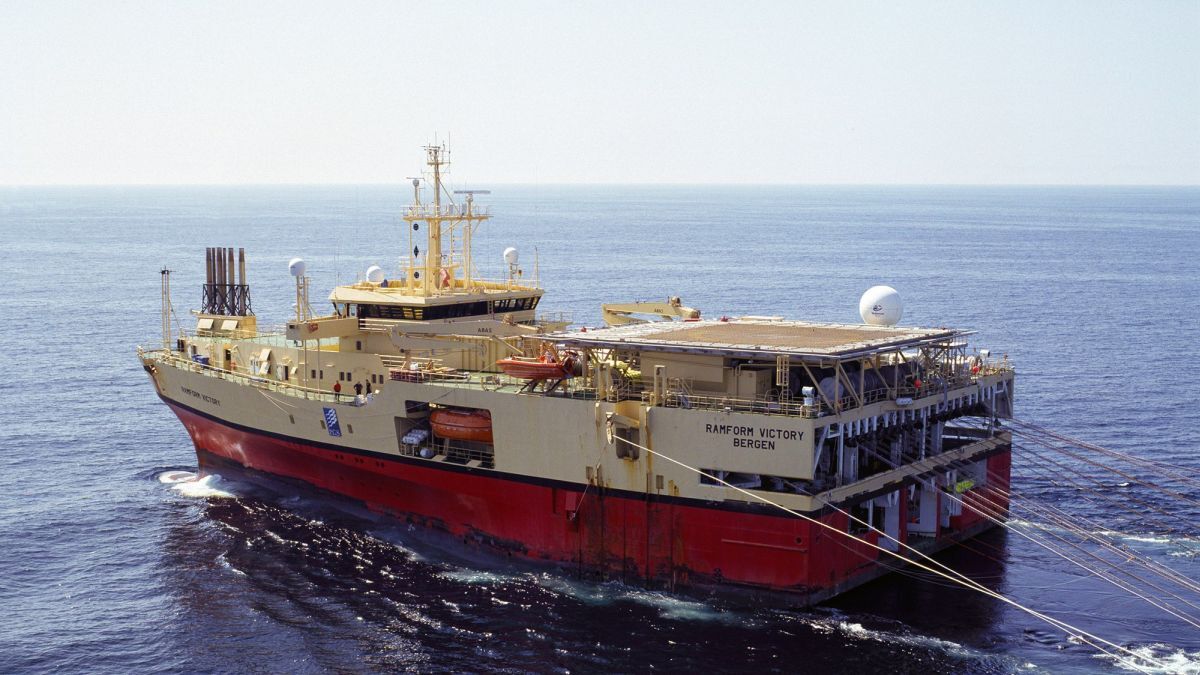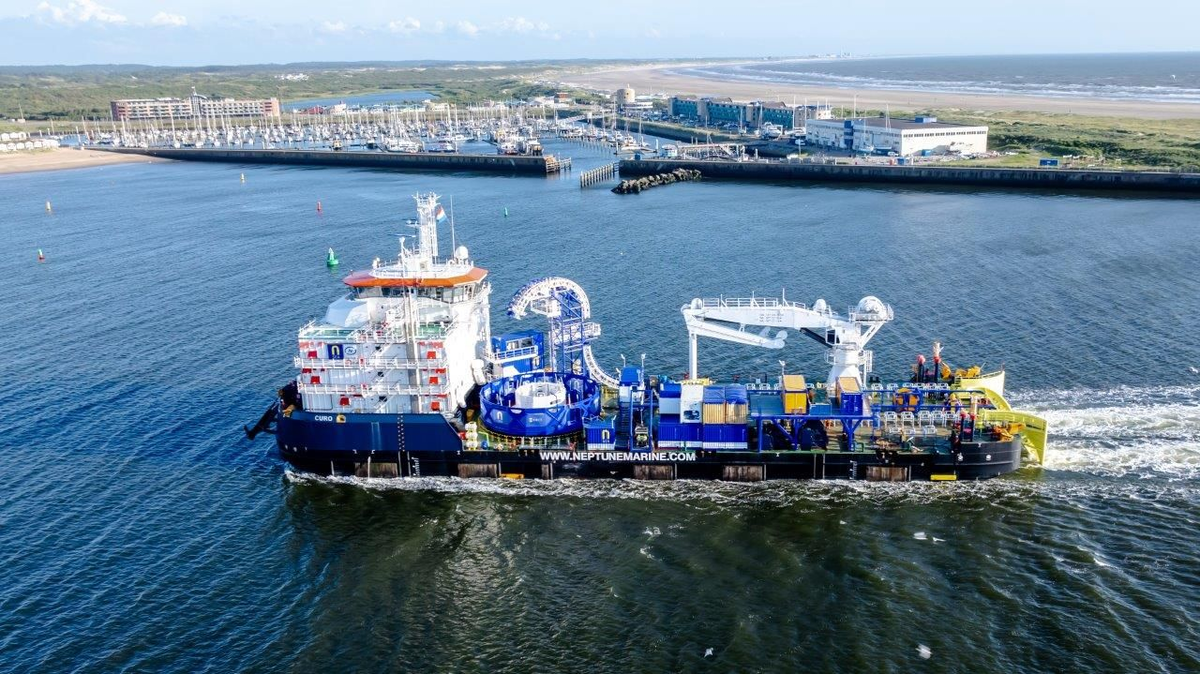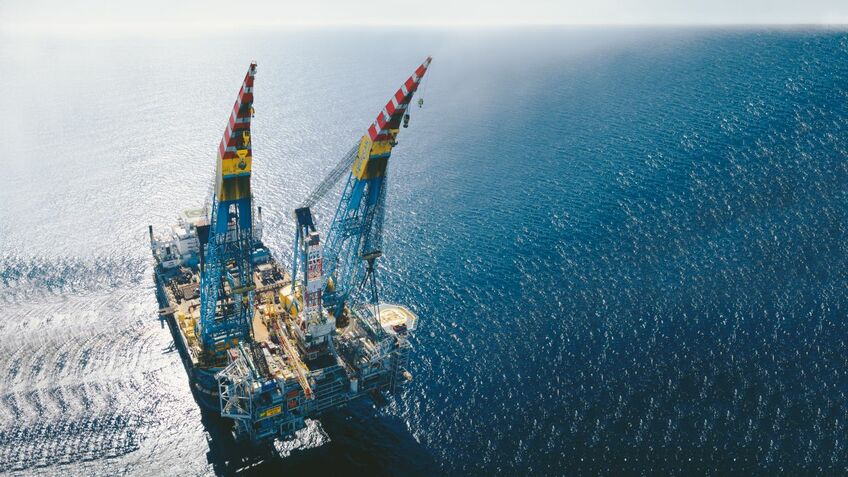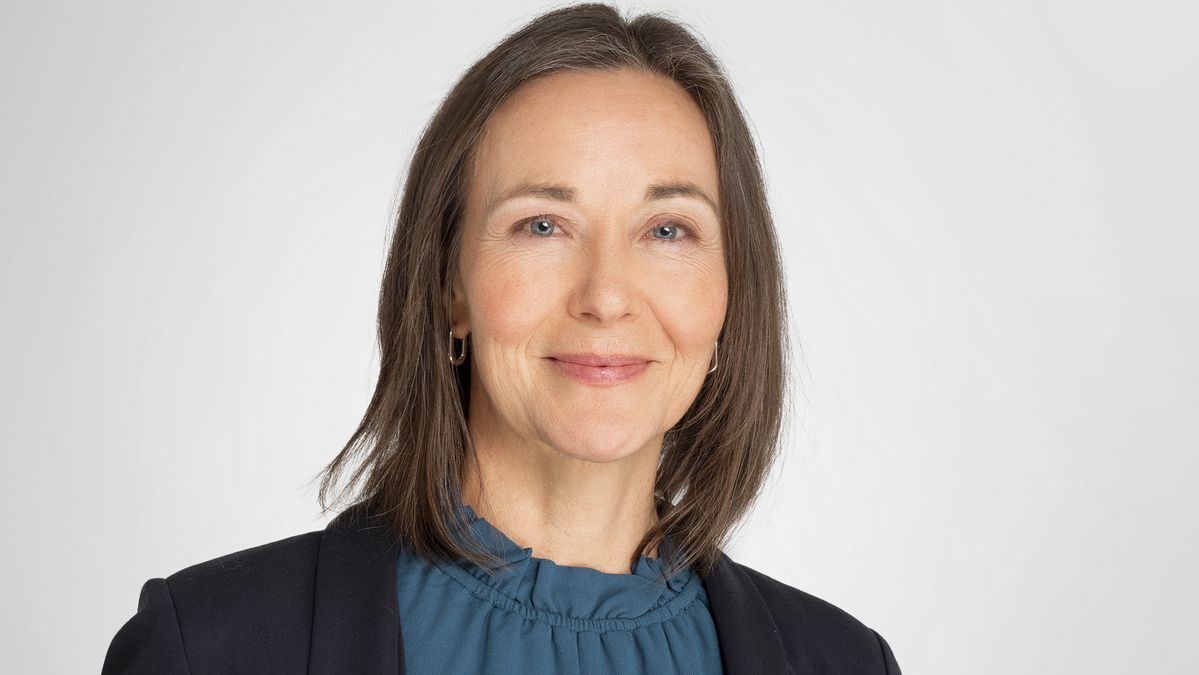Business Sectors
Events
Contents
Register to read more articles.
Seismic market consolidates as industry eyes new opportunities
As a result of a prolonged downturn there are now fewer marine seismic companies, with those that remain seeking new opportunities
Whenever a downturn occurs in the offshore oil and gas market, companies in the marine seismic segment are usually the first to be hit. That proved to be the case when the market turned sharply downwards in 2014. It has been a long downturn – with a number of casualties along the way – but marine seismic companies are reinventing themselves, looking at new applications for their technology and even at completely new markets.
The latest casualty of the severity of the downturn was Polarcus, at which liquidators were appointed in February 2021. In early May, the company confirmed all of its directors had resigned their positions with immediate effect, following a 29 April deal that saw Shearwater GeoServices Holding acquire Polarcus’ marine seismic acquisition assets and six seismic acquisition vessels for a total consideration of US$127.5M. Shearwater has a fleet of 28 high-capacity towed streamer vessels and ocean bottom vessels. Among its high-capacity towed streamer vessels are the 126-m DNV Polar Class 7, diesel-electric Amazon Warrior and Amazon Conqueror that are 18-streamer capable.
Shearwater has not been without its own challenges, however: in early January 2021, it refinanced its main debt facilities to provide a stable platform for growth, replacing US$500M of debt under an old structure with a new facility valued at US$437M.
Shearwater’s deal to acquire the Polarcus vessels followed hard on the heels of PXGEO acquiring Seabed Geosolutions from Fugro, a deal that included Seabed Geosolutions’ node inventory, handling equipment, related technology and ocean bottom node backlog. Interestingly, PXGEO’s founder, director and advisor is Peter Zickerman, one of the founders over a decade ago of Polarcus.
For some marine seismic companies that have not decided to diversify, and are still in the market, conditions have begun to improve, however, and some, such as PGS, are experiencing an increase in demand for acquisition activity. Based on project awards so far in 2021, it reactivated Ramform Vanguard for the summer season. In addition, PGS also reactivated Sanco Swift to be used as a source vessel.
Announcing its first quarter financial in April 2021, PGS said multiclient revenues significantly improved compared to Q1 2020. “A general demand increase, in combination with deferred 2020 work coming back to the market, supports our positive orderbook development,” said PGS president and chief executive officer Rune Olav Pedersen. “We are well booked for Q2 and Q3, and we have good visibility into the coming winter season. With the current booked position and increasing activity levels we remain of the view that 2021 will show revenue improvement on a lower cost base compared with 2020.”
Like other marine seismic vessel owners, PGS expects the oil price level, the ongoing recovery from the Covid-19 pandemic and the effect of deferred projects from last year to support a gradual increase of demand for seismic services in 2021. It also noted that the recovery of the contract market is likely to also benefit from there being fewer seismic vessels operating in the international market.

However, like other marine seismic companies, PGS has begun looking beyond the offshore oil and gas market and in Q1 2021, established PGS New Energy, which will focus on business from the energy transition, drawing on the company’s existing expertise to win work in carbon capture and storage, marine minerals, the geothermal market, site surveying and detection of near-surface geo-hazards for offshore windfarms.
Not itself a vessel owner, ION Geophysical said in early May 2021 that its capital restructuring means that, although it expects the market to remain challenging in the near-term, “there have been a number of positive developments, which point to improving market conditions in the back half of the year.” It cited rising crude oil prices, which have rebounded to pre-pandemic levels, as reason for optimism
In February 2021, another leading player, Axxis Geo Solutions, filed for what it described as “court protected reconstruction.” Shortly afterwards, the pure-play ocean bottom node seismic company announced details of a proposal for the reconstruction of the company, a plan that it said would result in “a balanced financial position and good liquidity reserves to support continued operations following a successful reconstruction.”
“2021 will show revenue improvement on a lower cost base compared to 2020”
As Gaetan Mellier, VP marine acquisition systems at Sercel, told OSJ, opportunities are also opening up for companies like Sercel that specialise in developing marine seismic technology. Research has been undertaken for some years on the use of marine seismic for subsurface surveys of the type that could be suited to the offshore wind industry, notably at IWES in Germany, but the type of seismic technology being developed for that application is very different from the equipment used in the offshore oil and gas market. As IWES notes, the offshore wind industry’s needs are significantly different: hydrocarbon reserves are found at considerable depths and fields often span many kilometres, but windfarm developers’ primary focus is on the first 100 m or so below the seabed and the need to detect small-scale variations and complex structures a few metres in size that could affect placement of foundations or cables.
Working with Kappa Offshore Solutions, which specialises in marine data acquisition, Sercel has developed Piksel, a compact marine seismic solution intended for high-resolution 3D imaging of the seabed. Unlike the kind of seismic spread used in exploration for offshore oil and gas, which requires large, dedicated vessels, Piksel can be containerised to enable quick installation on board a range of ships. As Kappa Offshore solutions chief executive Thibaut Choquer explained, it can be used for a range of projects, such as geohazard assessment surveys.
Mr Mellier noted that advances in seismic data acquisition, signal processing and modelling have made subsurface imaging better than ever and seismic surveys have evolved from 2D to 3D with the introduction of more sophisticated towed streamer and positioning systems. This enables detailed investigation of the seabed and shallow subsurface structures.
These high-resolution and ultra-high-resolution surveys are applicable to the offshore renewables industry, Sercel believes. Born out of work with Kappa Offshore, Piksel provides a high-resolution 3D marine seismic solution that can provide sharp, accurate images below the surface. With Piksel, Sercel says, it can provide geophysical and geotechnical data acquisition with pinpoint accuracy for the construction of offshore windfarms.
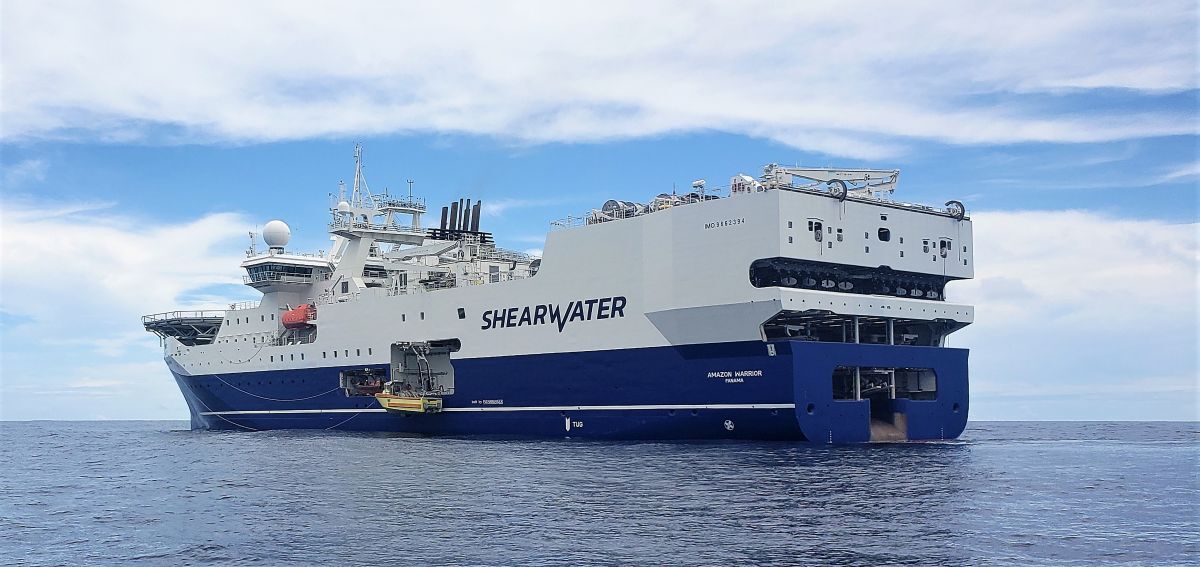
Ocean bottom node innovation
One of the few parts of the marine seismic market that has enjoyed growth in recent years, the ocean bottom node segment, continues to be the focus of innovation. A notable example is funding awarded to investment vehicle Thalassa, whose wholly-owned subsidiary Autonomous Robotics Ltd was in April 2021 awarded funding from OGTC and two European energy companies to develop a bespoke seismic sensor to fit in the company’s autonomous underwater vehicle (AUV) solution, the Flying Node. The grant was awarded as part of OGTC’s strategy to work with partners as they transition to a net-zero objective and enable the development of remotely controlled operations, empowered by data, robotics and autonomous systems.
In fact, ‘disruption’ and disruptive solutions has become the name of the game in the marine seismic market. In late 2020, Blue Ocean Seismic Services, which describes itself as a ‘marine seismic survey disruptor,’ secured a total of £10M (US$14M) from a group of companies including bp Ventures, Woodside Energy and Blue Ocean Monitoring.
BOSS is developing an AUV to conduct seismic surveys and believes that its technology will significantly reduce the cost, risk, environmental impact and time currently required for surveys for offshore oil and gas exploration, and surveys for carbon capture and storage projects.
The funds BOSS has secured will be used to continue the development of a fully integrated system which uses long endurance, self-repositioning autonomous underwater nodes to conduct seismic surveys for oil and gas exploration and reservoir optimisation. The system can also identify and monitor carbon storage opportunities under the seabed. The technology has been designed to be fully containerised, scalable and modular allowing for deployment around the world. BOSS managing director and chief executive Simon Illingworth said the funding was a “strong endorsement” for the company’s technology.
For other marine seismic companies, the future could lie outside the industry. In the company’s fourth quarter results presentation, SeaBird Exploration chairman Ståle Rodahl described 2020 as “the worst year in the industry’s history” but said that the company emerged from it not only financially strengthened, but with the intention to distribute shares in a completely new venture.
SeaBird Exploration claims that the new venture, Green Minerals, will be the only listed marine minerals company in the world. It plans to mine minerals such as copper, cobalt and lithium that are central to renewable technology such as batteries, wind turbines and solar panels. Some of these metals are a source of concern due to uncertain future supply. “Marine minerals can boost the supply of these resources,” Mr Rodahl said, noting that the company expects its new subsidiary to generate revenues of more than Nkr4Bn (US$485M) a year when its first production system is up and running. It plans to undertake a research deployment in 2021 and hopes to be granted a survey licence shortly afterwards. It further hopes to be awarded production licences by early 2024 and be ready to operate a pilot mining system for seabed minerals in 2026.
Related to this Story
Women in Maritime Today: Elin Saltkjel says no day working in maritime is dull
Events
Maritime Environmental Protection Webinar Week
Cyber & Vessel Security Webinar Week
The illusion of safety: what we're getting wrong about crews, tech, and fatigue
Responsible Ship Recycling Forum 2025
© 2024 Riviera Maritime Media Ltd.


